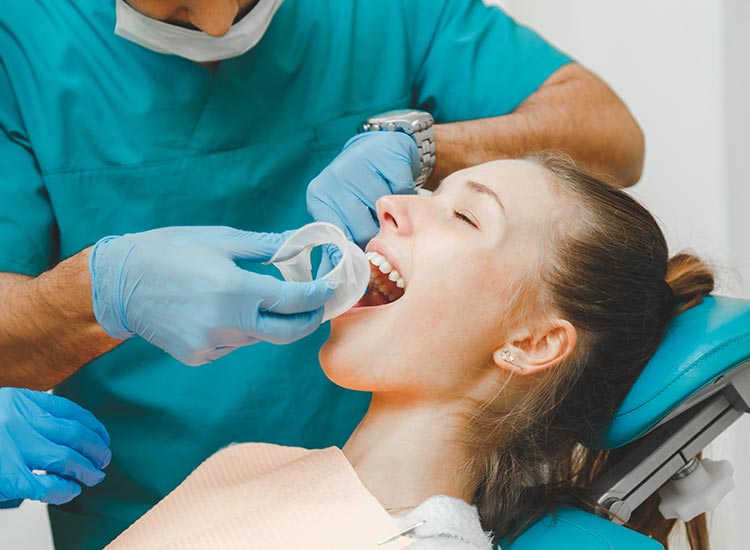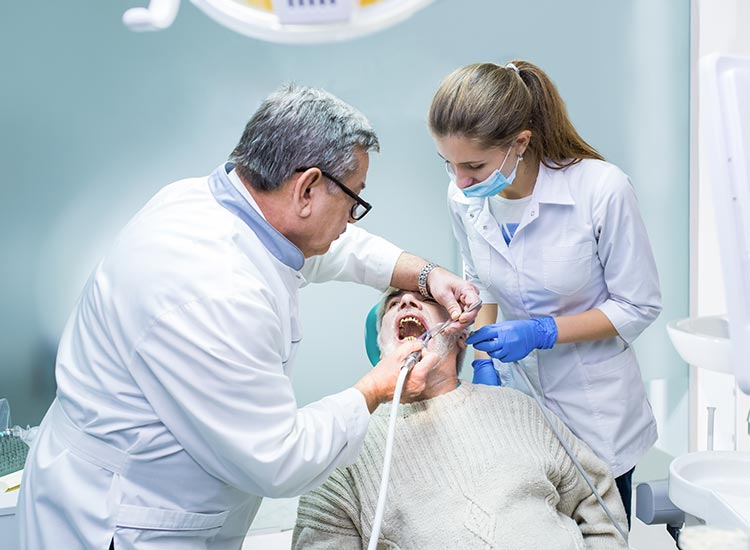What is done during a dental prophylaxis session?
A dental prophylaxis session involves professional cleaning procedures that remove plaque, tartar, and stains to prevent oral diseases and maintain healthy teeth and gums.
Key Points to Consider
-
Dental prophylaxis includes scaling, polishing, and flossing.
-
It helps prevent gum disease, tooth decay, and bad breath.
-
The session typically involves an oral exam to detect early signs of problems.
-
Special tools are used to clean areas that are hard to reach with regular brushing.
-
Prophylaxis is usually recommended every six months for optimal oral health.
What Happens During the Cleaning Process
Scaling and Polishing
During a prophylaxis session, the dental hygienist or dentist first removes plaque and tartar buildup from the teeth using special instruments in a process called scaling. This step is important because hardened plaque (tartar) cannot be removed by brushing or flossing at home. After scaling, the teeth are polished with a gritty toothpaste and a rotating brush to remove surface stains and make it harder for plaque to stick.
In some cases, an ultrasonic scaler may be used for more efficient removal of tough deposits. Patients with sensitive teeth might experience mild discomfort, but the process is generally painless. Polishing not only improves the appearance of the teeth but also supports better long-term oral hygiene.

Additional Steps During a Prophylaxis Appointment
Flossing, Fluoride, and Exam
After cleaning and polishing, the dental professional will thoroughly floss between the teeth to remove any remaining debris. Some sessions may include a fluoride treatment to strengthen the enamel and protect against cavities, especially in patients at higher risk for decay. Finally, a comprehensive oral exam is performed to check for any signs of gum disease, cavities, or other concerns.
Depending on the patient’s needs, X-rays may also be taken to detect problems not visible to the naked eye. Personalized advice on at-home oral care practices is typically provided as well. This ensures that patients can maintain their dental health between professional visits.
